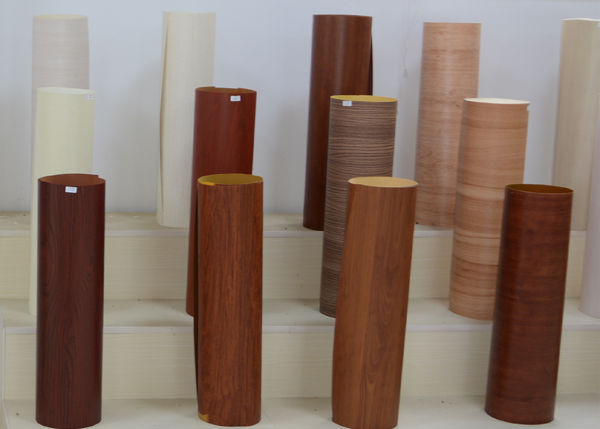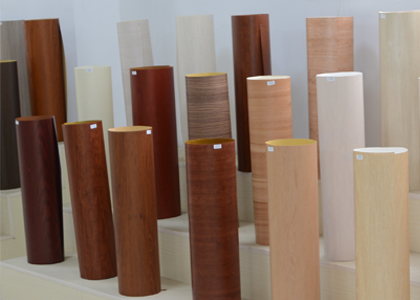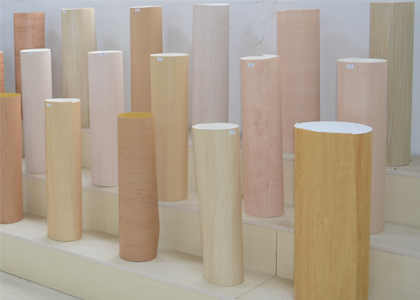
What is Finish Foil?
Finish foil refers to thin, flexible sheets of material that are applied to surfaces to enhance their appearance and texture. Typically used in the decoration of furniture, walls, and other interior elements, finish foils are manufactured to provide a high-quality gloss that impacts the overall finish of the product. Whether the foil is used for protective purposes or as a purely decorative element, it significantly influences the visual appeal and durability of surfaces.
Types of Finish Foils
Various types of finish foils are available in the market, each designed for specific purposes. These include glossy, matte, textured, and metallic finish foils. Depending on the desired outcome, manufacturers select the type of finish foil that complements the material it is applied to. For instance, a high-gloss finish foil might be used for luxury furniture, while a matte finish foil may be preferred for more subtle applications.
How Finish Foil Impacts Surface Gloss
Finish foil plays a crucial role in determining the surface gloss of a material. The gloss level reflects the amount of light a surface reflects, influencing how shiny or dull it appears. A high-quality finish foil ensures a uniform gloss across the surface, providing a smooth, polished look that can make a product stand out. In industries like furniture and automotive manufacturing, achieving the right gloss level is essential for the visual appeal and marketability of the product.
Surface Gloss Measurement
The process of measuring surface gloss involves using specific tools such as gloss meters and reflectometers, which are designed to evaluate how much light is reflected from the surface of finish foils. These measurements are taken at different angles, typically 20°, 60°, and 85°, according to international standards like EN 13722 and ISO 2813. By conducting these measurements, manufacturers can ensure that their finish foils meet the required gloss standards.
Standards for Surface Gloss
International standards such as EN 13722 and ISO 2813 provide clear guidelines for measuring the gloss of surface materials, including finish foils. These standards specify the testing conditions, measurement methods, and acceptable gloss values for various materials. By adhering to these standards, manufacturers can maintain consistency and quality in their products, ensuring they meet customer expectations.
Applications of Finish Foil in Interior Design
Finish foils are widely used in the interior design industry for their ability to enhance the aesthetics of furniture, flooring, and wall coverings. The use of high-gloss or textured finish foils can create visually striking effects that transform a room's atmosphere. Additionally, finish foils contribute to the durability and longevity of the surfaces they are applied to, providing a layer of protection against wear and tear.
Impact on Furniture Design
In furniture design, the finish foil not only adds a decorative touch but also enhances the functional qualities of the product. A high-quality finish foil can make furniture surfaces resistant to scratches, stains, and moisture, contributing to the longevity of the piece. Additionally, the right gloss finish can make a product appear more elegant, elevating its overall appeal.
Finish Foil in Building Materials
Beyond furniture, finish foils are also used in building materials such as laminate and MDF. By providing a sleek and smooth finish, these foils enhance the visual and tactile qualities of construction materials, making them more attractive and durable. Whether used for countertops, cabinetry, or wall panels, finish foils are an essential part of modern interior construction.
The Testing Process for Finish Foil Gloss
The process of evaluating the surface gloss of finish foils involves several steps, including the calibration of testing equipment and the actual measurement of gloss values. According to IHD-W-456, the surface gloss is measured using a gloss meter, and four measurements are taken along the length of the foil. This ensures that the results are accurate and consistent, allowing for precise quality control.
Tools for Gloss Testing
Gloss meters and reflectometers are commonly used to test the gloss levels of finish foils. These devices measure the amount of light reflected off the surface, which is then used to determine the gloss value. The testing equipment must be calibrated to ensure accurate results, and the process is typically carried out according to established international standards.
Results Interpretation
Once the gloss values are obtained, they are interpreted based on the measurement geometry used (e.g., 60° or 85°). The results are expressed as a unitless value, which can then be compared against the required gloss level for the product. If the values fall within the acceptable range, the finish foil is considered to meet quality standards.
Challenges in Evaluating Finish Foils
While evaluating the gloss of finish foils is a straightforward process, certain challenges can arise. Variations in environmental conditions, such as temperature and humidity, can affect the results. Additionally, differences in manufacturing processes may cause minor deviations in gloss values. These factors must be considered when interpreting test results to ensure accuracy.
Future Trends in Finish Foil Technology
As technology advances, the use of finish foils is expected to become even more sophisticated. Innovations in materials and coatings may lead to more sustainable and eco-friendly finish foils. Additionally, improvements in gloss measurement technology will allow for more precise evaluations and higher-quality products in the future.
Conclusion
Finish foil is a crucial element in surface gloss evaluation, playing a significant role in the visual and functional quality of a wide range of products. By adhering to international standards and using advanced testing methods, manufacturers can ensure that their products meet the highest standards of quality and durability.
FAQs
- What is the purpose of finish foil? Finish foil is used to improve the appearance and durability of surfaces in various products, from furniture to building materials.
- How is surface gloss measured in finish foils? Surface gloss is measured using gloss meters and reflectometers, with results taken at specific angles according to industry standards.
- Can finish foil be used in both matte and glossy finishes? Yes, finish foil is available in a variety of finishes, including matte, glossy, and textured options, depending on the desired effect.
- What standards are used for testing finish foil gloss? The gloss of finish foils is tested according to standards like EN 13722 and ISO 2813, which provide guidelines for measurement and acceptable gloss values.
- What industries use finish foil? Finish foil is used in industries such as interior design, furniture manufacturing, construction, and automotive design.
- How does finish foil affect the durability of furniture? Finish foil helps to protect furniture surfaces from scratches, stains, and moisture, thereby extending the life of the product.



